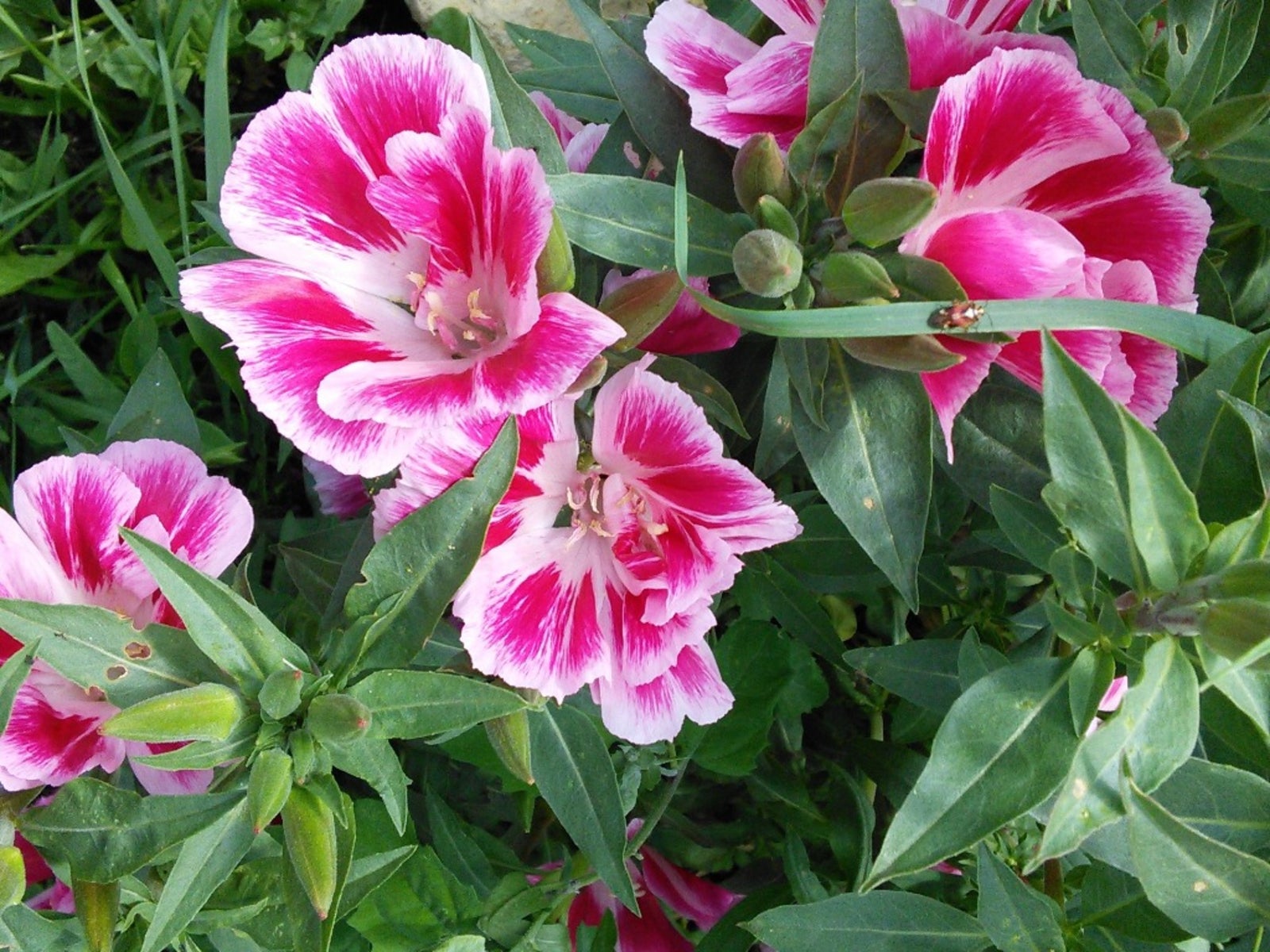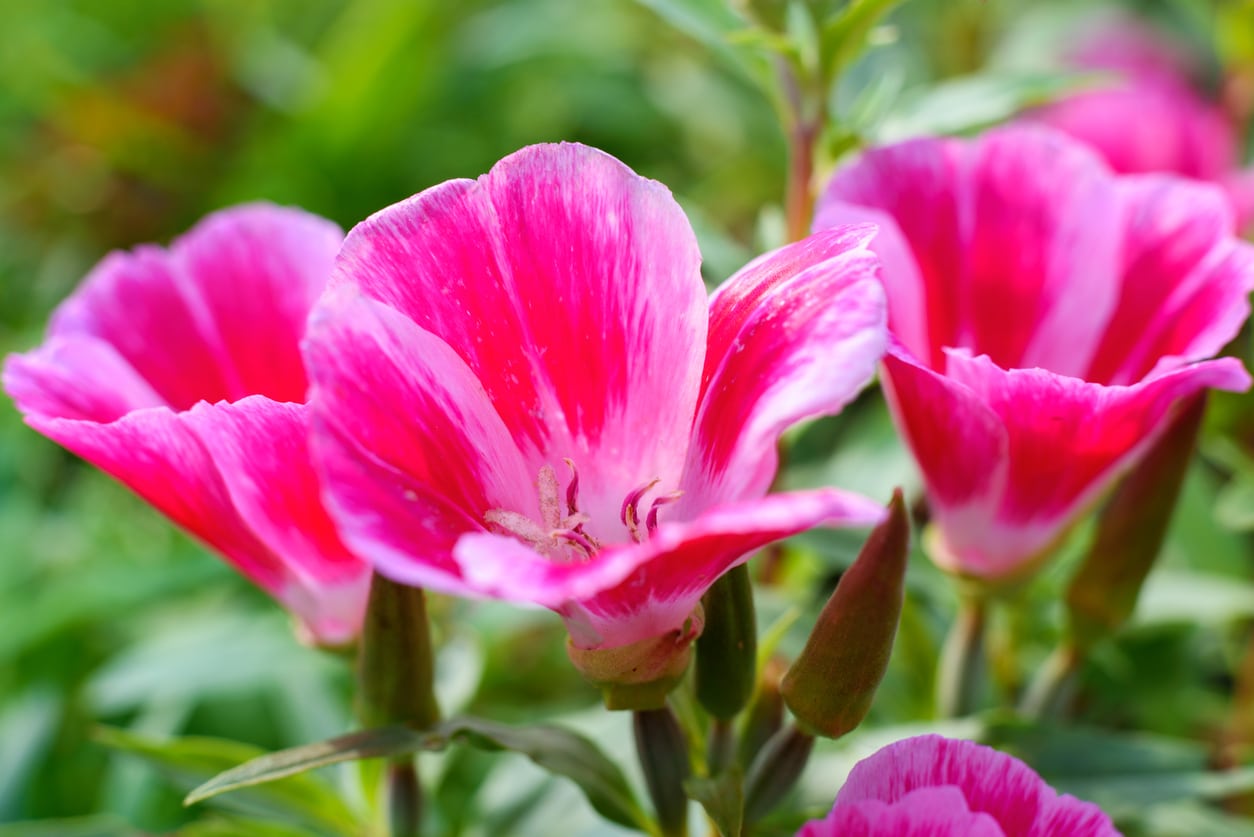Clarkia Flower Care: How To Grow Clarkia Flowers


Clarkia wildflowers (Clarkia spp.) get their name from William Clark of the Lewis and Clark expedition. Clark discovered the plant on the Pacific Coast of North America and brought back specimens when he returned. They didn't really catch on until 1823 when another explorer, William Davis, rediscovered them and distributed the seeds. Ever since, clarkia has been a staple of cottage and cutting gardens. Clarkia plants grow to between 1 and 3 feet (0.5-1 m.) tall and spread 8 to 12 inches (20-30 cm.). Clarkia flowers bloom in summer or fall, and sometimes in winter in mild climates. Most flowers are doubles or semi-doubles and have frilly, crepe-like petals. They come in a wide range of colors. Clarkia flower care is a snap, and once you plant them in the garden there is very little to do but enjoy them. These pretty wildflowers look great in many garden situations. Consider growing clarkia in cutting or cottage gardens, mass plantings, wildflower meadows, borders, containers, or on the edges of woodlands.
How to Grow Clarkia Flowers
You probably won't find cell packs of clarkia at the garden center because they don't transplant well. Gardeners in warm areas can plant the seeds in fall. In cold climates, plant them in early spring. Sow the seeds densely and then thin the plants to 4 to 6 inches (10-15 cm.) apart. If you want to try starting the seeds indoors, use peat pots to make transplanting easier. Sow seeds four to six weeks before the average last frost date. Press them onto the surface of the soil, but they need light to germinate so don't bury them. Once the seeds come up, find a cool location for them until they are ready to transplant outdoors.
Care of Clarkia Plants
Clarkia wildflowers need a location with full sun or partial shade and very well-drained soil. They don't like overly rich or wet soil. Water regularly until the plants are established. Afterward, they are very drought tolerant and don't need fertilizer. Clarkia sometimes has weak stems. If you space them 4 to 6 inches (10-15 cm.) apart, they can lean on each other for support. Otherwise, stick a few twiggy branches into the soil around the plants while they are young for support later on.
Gardening tips, videos, info and more delivered right to your inbox!
Sign up for the Gardening Know How newsletter today and receive a free copy of our e-book "How to Grow Delicious Tomatoes".

Jackie Carroll has written over 500 articles for Gardening Know How on a wide range of topics.
-
 Creative Ideas For Plant Containers: 7 Ways To Save Money And Add Charm To A Garden
Creative Ideas For Plant Containers: 7 Ways To Save Money And Add Charm To A GardenIf you are looking for great ways to add personality to your container gardening – and even save yourself some money – then try these creative ideas for plant containers
By Mary Ellen Ellis
-
 How To Make A Bouquet Garni Or Herb Bundle For Cooking
How To Make A Bouquet Garni Or Herb Bundle For CookingIf you’re a great cook, you may have made an herb bundle before. If this is a new idea, learn how to add sparkle and interest to your dish with a bouquet garni.
By Amy Grant
